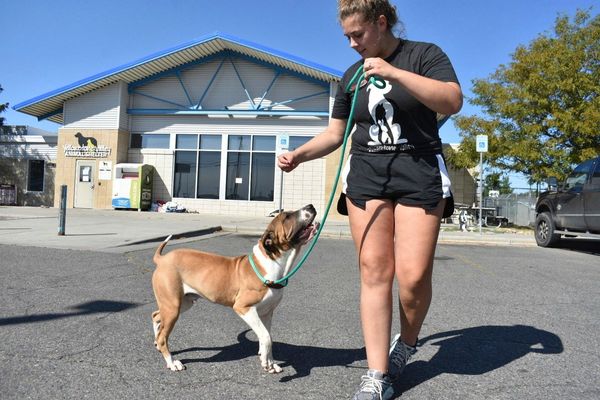The yowie-mobile bumps over a teeth-gnashing grid and along the winding driveway of Richlands, a sprawling private property on the outskirts of Taralga, about 50 kilometres north of Goulburn.
Suckering elms, laurels and hawthorns more than a century old line each side, their low-hanging branches creating a dark tunnel through a dense understory of ivy and periwinkle. It might be midday but I've had to turn my headlights on to see the way ahead.
When I eventually re-emerge into the daylight, it's as if I've entered another realm. To my right is a terraced orchard of vintage quinces, heirloom apples, and juicy plums. Meanwhile on the left, standing in the shade of one the biggest holly trees I've ever seen and which marks the front of the hilltop homestead, is Richlands' current custodian Stephen Horn.
Stephen is the third generation of his family to call Richlands home, and no one knows more about this rural treasure - first established as an outstation for the Macarthur pastoral dynasty more than 180 years ago - than Stephen. And he can't wait to share its secrets. In fact, before we've barely exchanged pleasantries, he enthusiastically ushers me into the oldest part of the homestead.
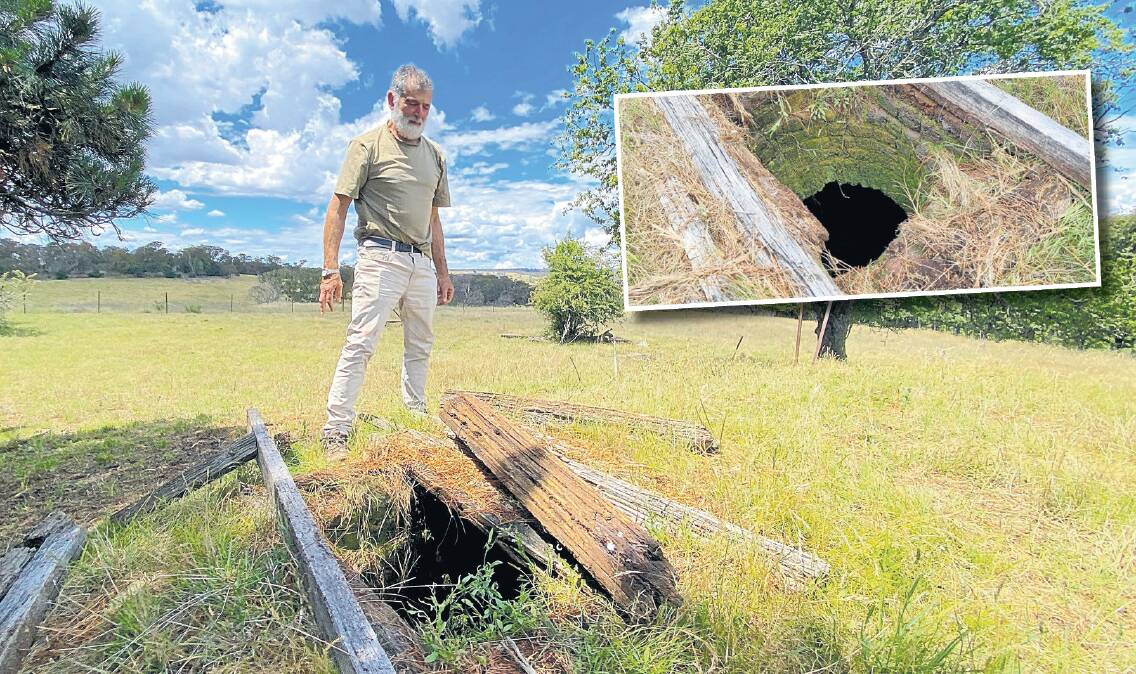
"Look, you can still see the chisel marks," he proudly states, pointing to the distinctive marks in the massive sandstone blocks that constitute the walls of the first offices and overseers' residence built in the early 1840s.
Stephen launches into a tell-all tour of the homestead, enough to make afficionados of colonial architecture salivate. But not me, I haven't braved the 183 potholes on the Taralga Road to appreciate the particulars of the late 1840s Georgian brick expansion. No siree! I'm here for one reason only - and it's squirreled away in the paddock just a couple of hundred metres from the front door.
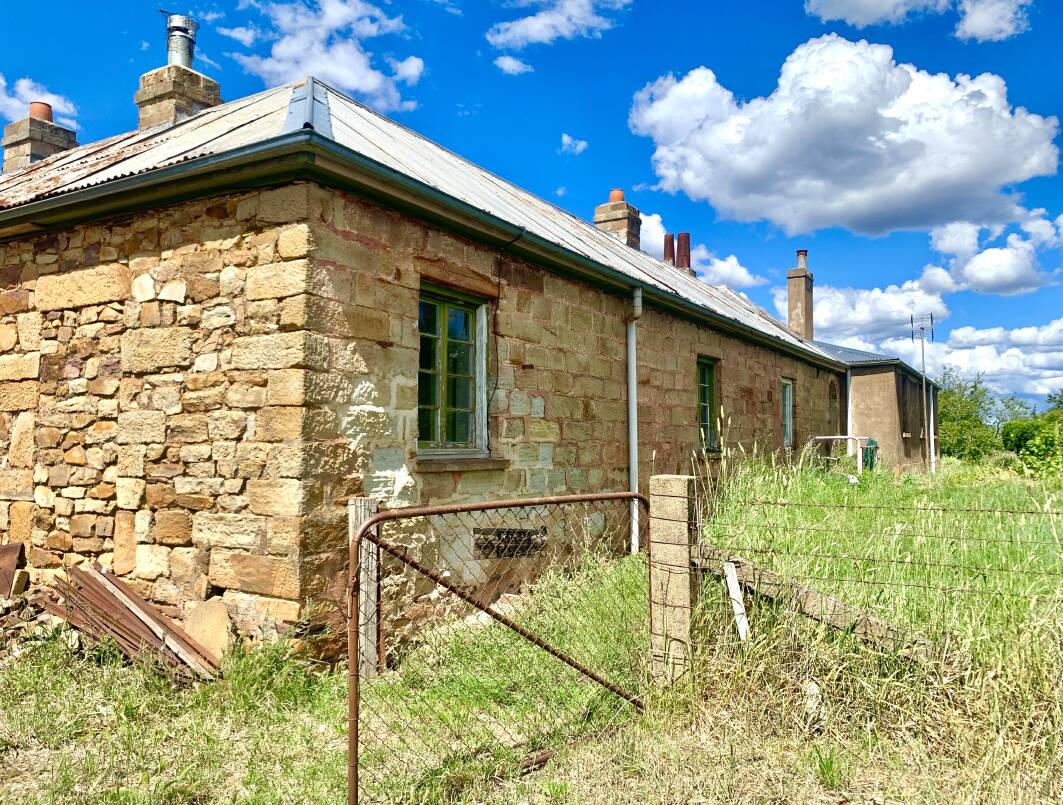
Regular readers of this column will recall my daredevil descent into "Watsons Bottle", the rare underground silo at Cliftonwood in Yass (The underground space that made me weak at the knees, September 22). Built circa 1841 as an insurance against future food shortages, the bottle-shaped silo was hacked into rock and covered with a mound of rock and soil to keep it dry and to asphyxiate any pests stored in the grain. A remarkable hand-crafted construction for its day.
At the time, I asked if there were any similar silos in our region, and Stephen was quick to report that Richlands boasted not one, but two of the silos, also dating from circa 1839-1841. It was my turn to drool.
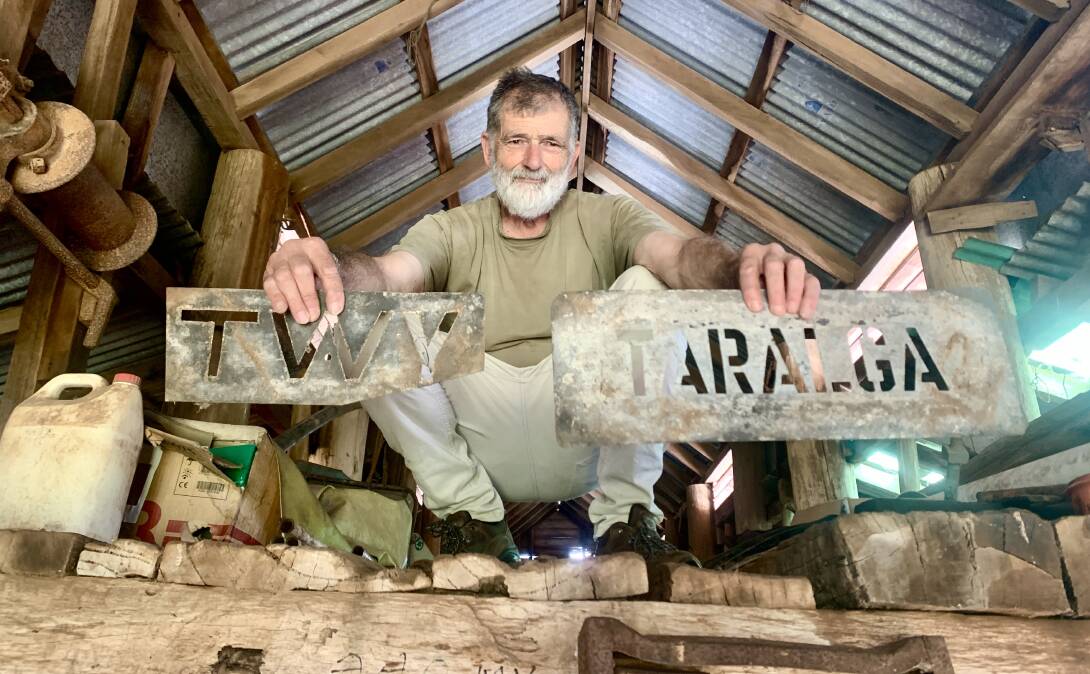
Sensing my impatience, Stephen finally leads me out the front door and across the paddock. I follow with all the zeal of a dingo on heat.
Arriving at the mound that conceals the twin subterranean silos, Stephen pulls back pieces of timber to reveal the neck-like opening of the first.
"My first memory of this silo is as a kid when my grandfather charged me with taking the wheelbarrow with rubbish and dumping it down the silo ... without falling in," he laughs.
I can't wait to look in.
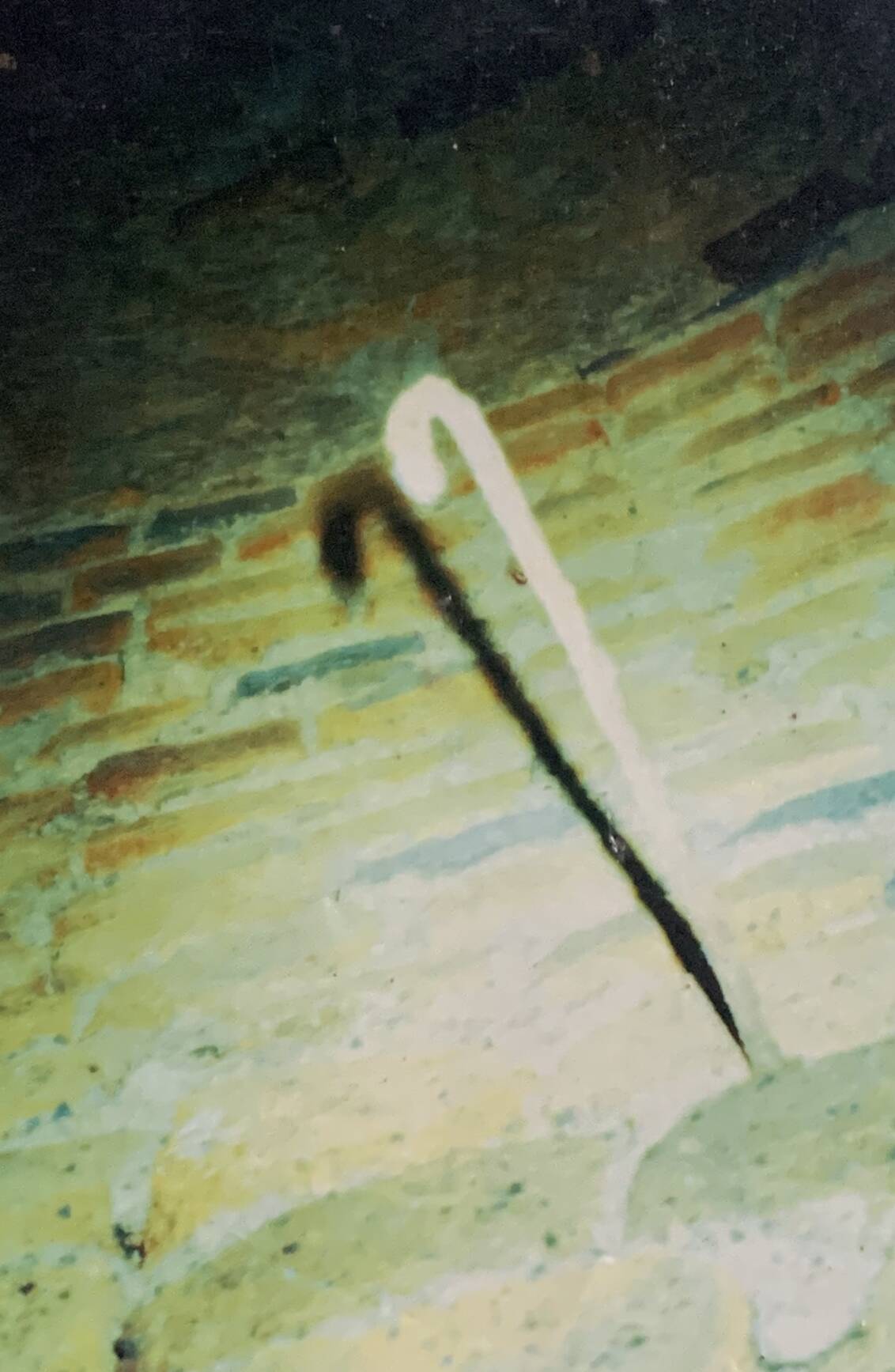
Whoosh! Suddenly a gust of wind almost blows my hat off. I grab it with one hand, careful to keep balance with the other so as not to slip in. Phew, it's a close call. "Unlike Watson's Bottle, there's no ladder in this silo," warns Stephen.
In fact, the last time anyone ventured into its depths was about 25 years ago.
"I wanted to take some photos and get a closer look at the walls," reveals Stephen. "Rubbish has probably been dumped in here since it was abandoned for its original purpose, probably sometime in the mid-1800s, so who knows what's down there at the bottom of the pile."
I'm just glad it's not my hat.
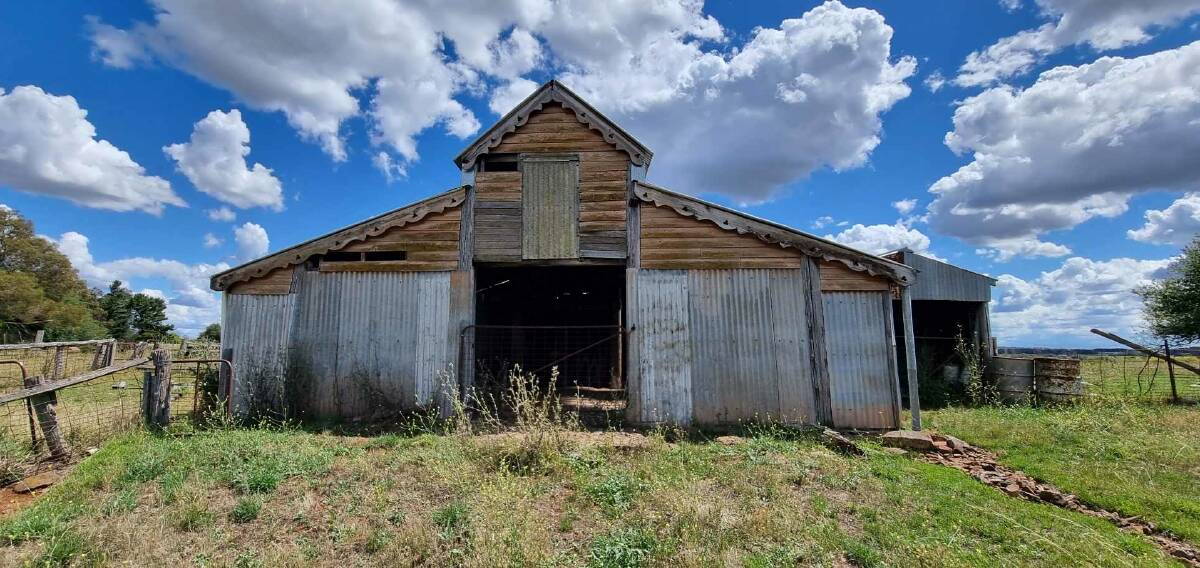
The second silo is covered with a metal mesh grate - a precaution after a sheep fell in many years ago.
The twin silos aren't the only reminders of the convict era at Richlands. Not far away is a curious array of large flat stones positioned in the shape of a hexagon, and about the size of a small room. "They were the foundations for a vertical slab lock-up, or stockade for recalcitrant workers," reveals Stephen.
No doubt it also served as a holding cell for convicts before they were marched to a nearby "flogging tree" where, according to farm legend, felons were lashed for misdemeanours with a cat -o'-nine-tails.
The tree is no longer standing. Lady Joan D'Esterre Twynam, Stephen's aunty who lived at Richlands for almost all her entire life, ensured it was felled mid-last century. "She was appalled by the whole convict 'thing', so had it removed," explains Stephen.
I could spend hours wandering around Richlands, engrossed in Stephen's encyclopaedic knowledge on not only the Macarthur empire, but also of subsequent farming enterprises on the property, including a state-of-the-art three-story butter factory that operated around the turn of the 20th century.
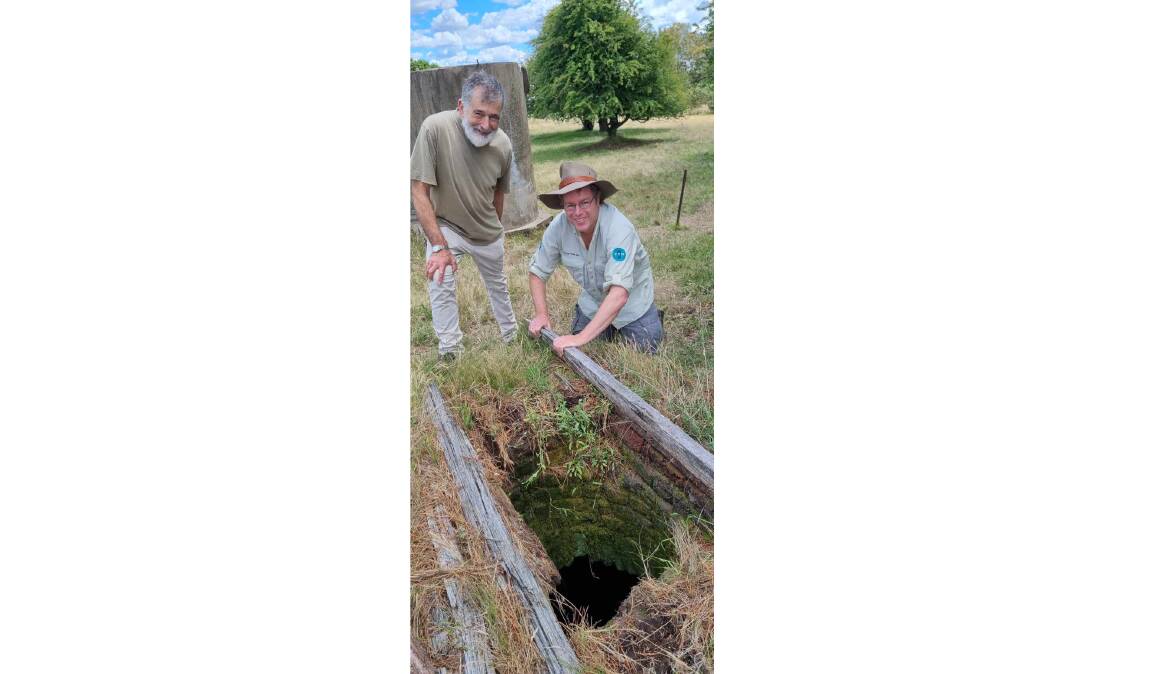
The entire property is a treasure trove of relics of 19th- and 20th-century farming technologies. However, while undertaking a heritage study of the property, Stephen was advised by renowned heritage archaeologist Dr Michael Pearson that the most significant of these are those twin silos. "He argues they're not only rare in Australia, but they tell a fascinating story from our colonial period," says Stephen.
Hear! Hear! You won't be getting any arguments from me.
Oh, and Santa if you are reading this, I could really do with a chin strap for my hat.
Underground silos - a fascinating history
Underground Silo stocktake: Apart from the twin silos at Richlands, several others were constructed at Macarthur's Camden Park Estate. There were also eight built at Stroud in the Hunter Valley and one at Tocal near Maitland, but the majority were built under instructions from NSW governor George Gipps with 17 hacked into sandstone at Cockatoo Island (there are only two still intact) and nine at Norfolk Island.
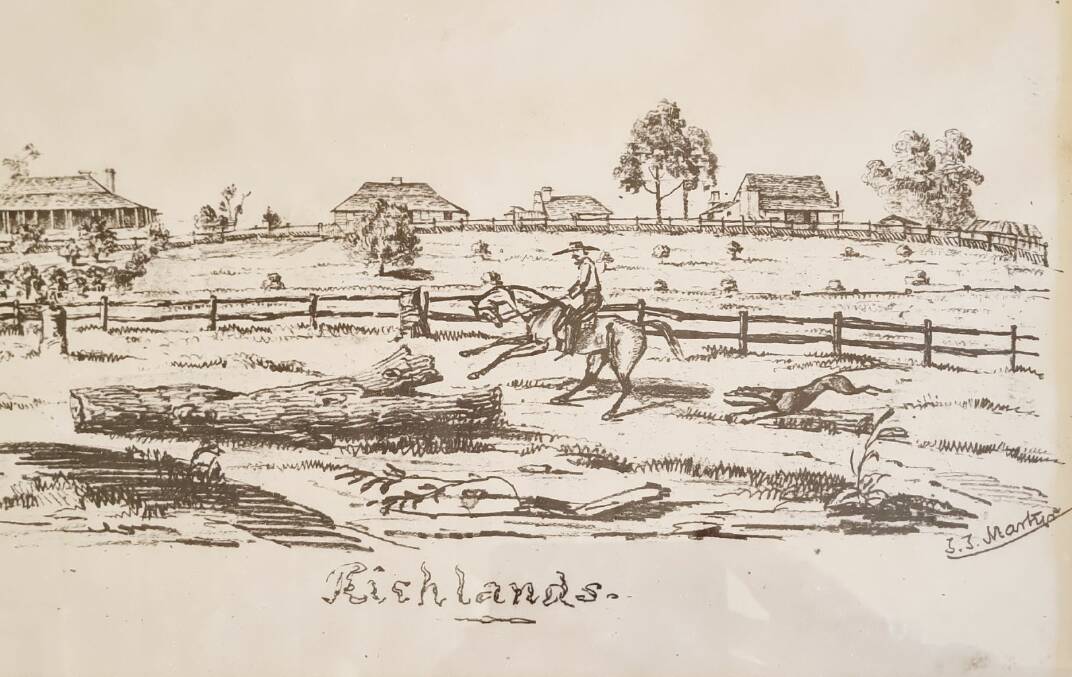
Revealing artwork: Hanging on the hall wall at Richlands is a prized 1851 framed pencil sketch of the property by John James Martyr, cousin of George, who in 1847 was appointed superintendent of the property. Not only does it clearly show the east-facing facade complete with veranda and chimneys, thereby confirming the date of the Georgian expansion of the house, but if you look to the far right, past several long-demolished cottages, you can see a thatched roof (also no longer extant) that was built over the property's twin silos to keep water out. The silos were hermetically sealed to asphyxiate any weevils and insects already present in the grain and to stop any others entering the silos.
Sudden Demise: While most of the underground silos across NSW were built from 1839-41, primarily as an insurance against future food shortages, the silos were soon after abandoned on orders from London. G Raby, in his telling paper for the March 1983 Journal of the Royal Australian Historical Society, aptly titled The Construction and Abandonment of Public Grain Silos in NSW, 1839-1841: A footnote to British Colonial Policy, explains that the silos were abandoned on orders from the secretary of state, as the prevailing mood of economic liberalism deemed that the storage of large quantities of grain artificially impacted on its free-market price.
WHERE ON THE SOUTH COAST?
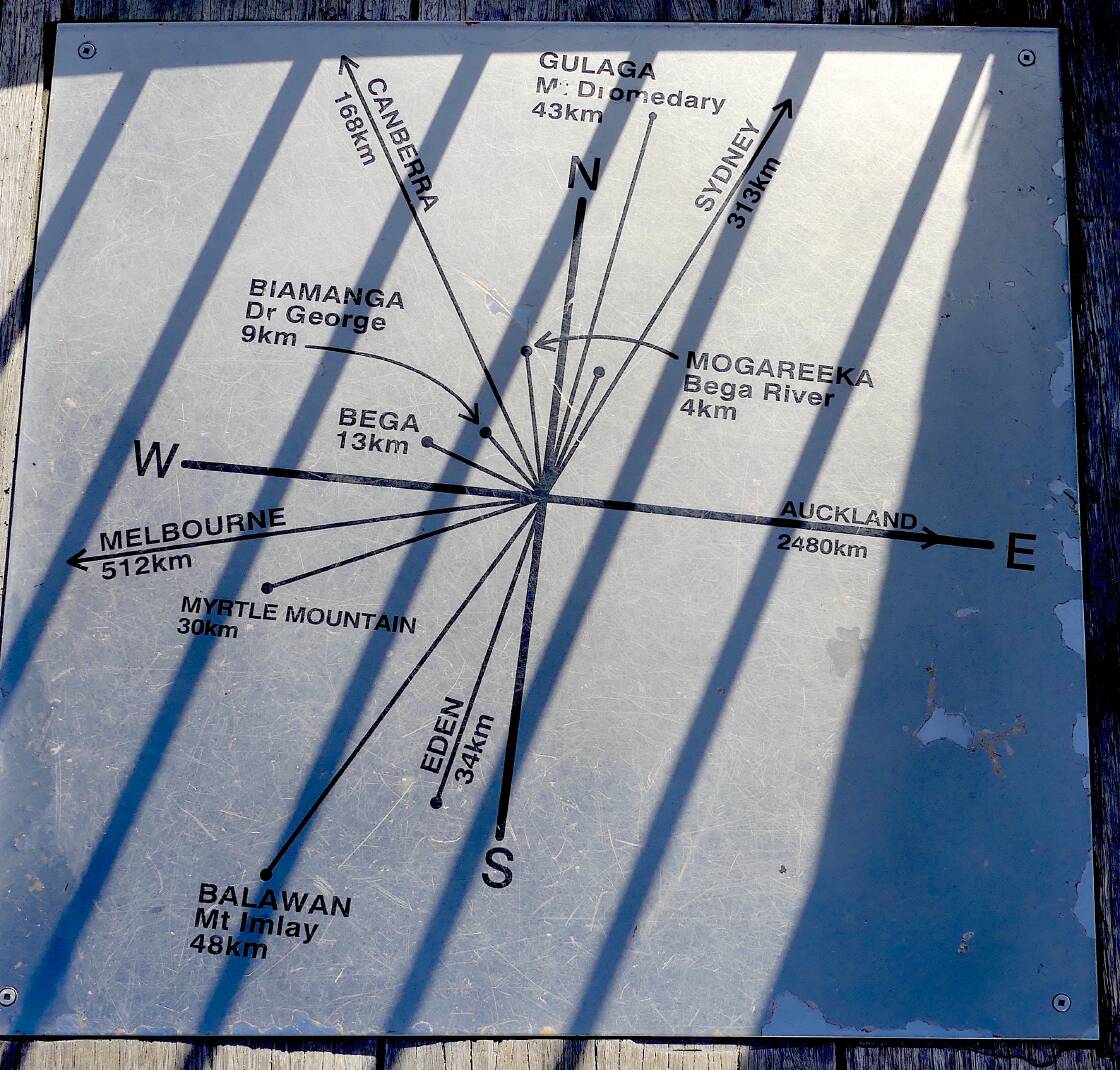
Rating: Medium
Clue: One end of an iconic walk
How to enter: Email your guess along with your name and address to tym@iinet.net.au. The first correct email sent after 10am, Saturday December 9 wins a double pass to Dendy, the Home of Quality Cinema.
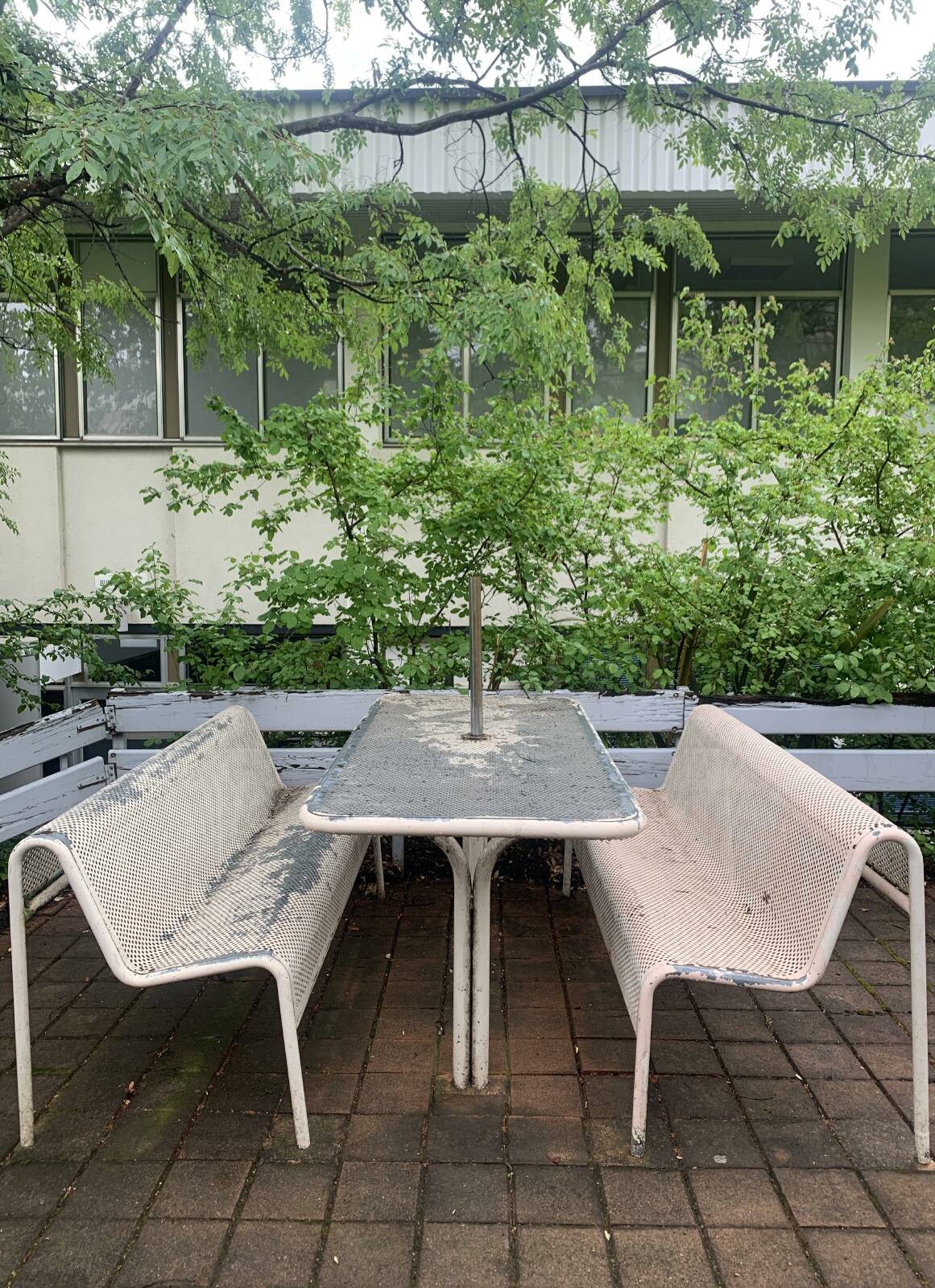
Last week: Congratulations to Julie Nimmo of Deakin who was the first reader to identify last week's photo as the outdoor seating area located between K (Hospitality) and C (Hair and Beauty) blocks at CIT Reid Campus. Julie just beat several other readers to the prize, including Barry Hughes of Kambah, who reveals: "I would walk past this most days on my way to my office with CIT Facilities department ... I would have loved to replace it, however, so little funds."
CHRISTMAS CORNER
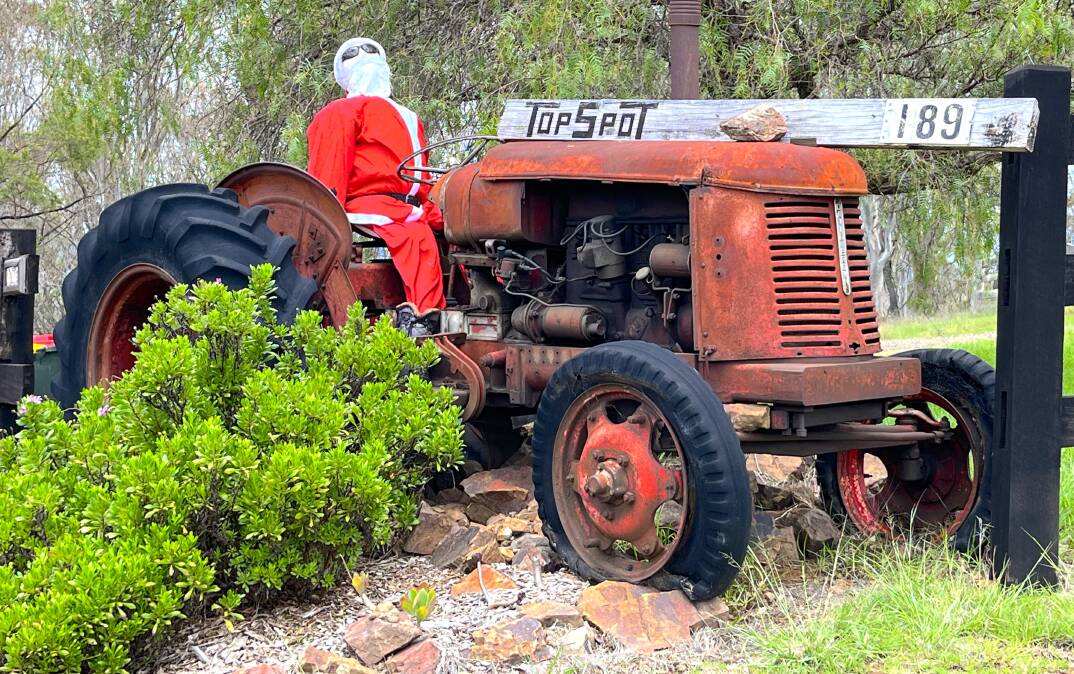
While driving back from Merimbula earlier this week, Janis Norman of Spence spotted several eye-catching driveway Christmas displays, including this Santa on a tractor between Candelo and Bemboka. I recall seeing this Santa before, complete with a horn on his head. Or am I dreaming?

Meanwhile, Dave Gray of Batemans Bay has been enjoying the Christmas hay bale displays popping up in paddocks and roadsides to the north-west of Canberra including this oversized Mr Claus at Harden and a sleigh being hauled by reindeer near Binalong on the Burley Griffin Way.
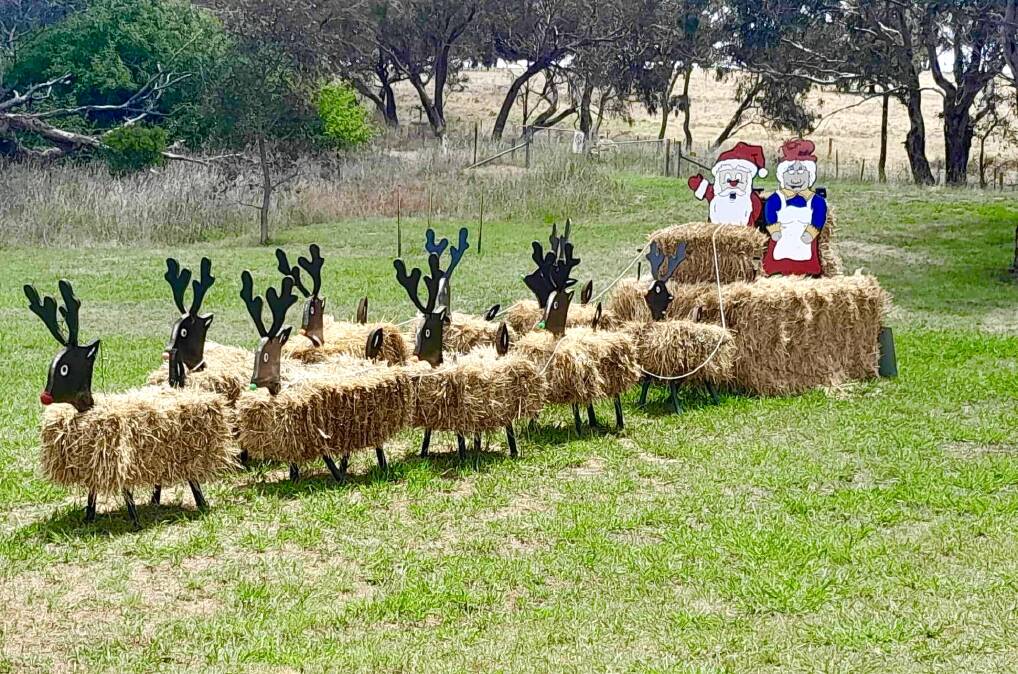
CONTACT TIM: Email: tym@iinet.net.au or Twitter: @TimYowie or write c/- The Canberra Times, GPO Box 606, Civic, ACT, 2601


